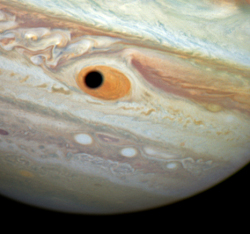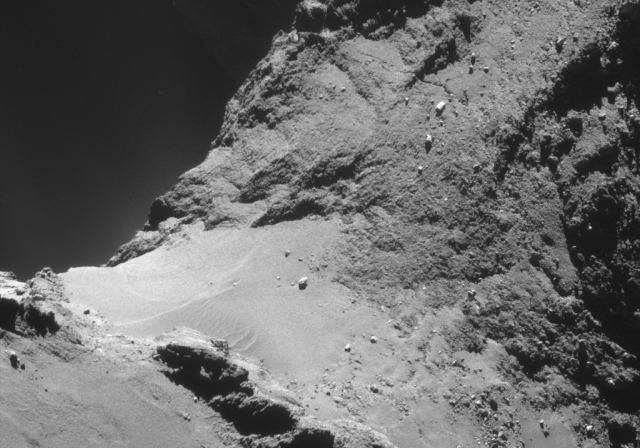The competition heats up: On Thursday China plans to send a capsule on a mission around the Moon and back to Earth to test its heat shield.
The rocket’s upper stage, which will also round the Moon but not return to Earth, will also carry a privately funded cubesat designed to study the radiation levels during the entire journey.
Twenty minutes after launch on October 23, (at 1:59 p.m. U.S. Eastern time), the Long March’s upper stage will separate from the test capsule, and both will continue on a trajectory that takes them around the moon. The capsule will return to re-enter Earth’s atmosphere on October 31. In early discussions with the Chinese, LuxSpace was told that the upper stage [carrying the private cubesat] would re-enter the atmosphere as well, but it’s now expected to enter a wide, looping orbit around Earth. The main battery is only designed to last 10 days, although it may go longer.
Radio receivers on Earth will be able to tune in to 4M’s signal shortly after separation, and will be able to follow it as it rounds the moon, coming as close as 7,500 miles to the surface. The payload also includes a radiation sensor that will take measurements throughout the journey into Earth-moon space. Anyone with the proper equipment will be able to receive the compressed radiation data and decode it.
Though this private mission is definitely breaking new ground by sending a small payload to lunar space for very little money, the article is incorrect when it states that this is the first privately funded Moon mission. In 1997-1998 HGS 1, a Hughes commercial communications satellite that was placed in an incorrect orbit by a Russian rocket, was sent on a wide elliptical orbit to fly past the Moon twice and thus use this sling shot effect to get the satellite into a usable orbit.






